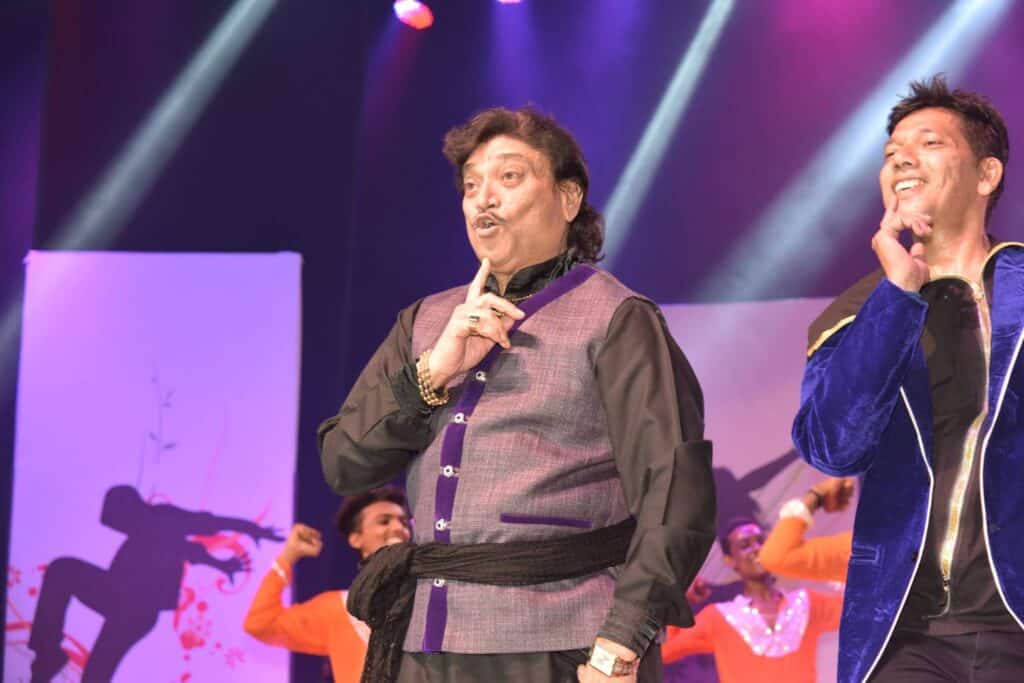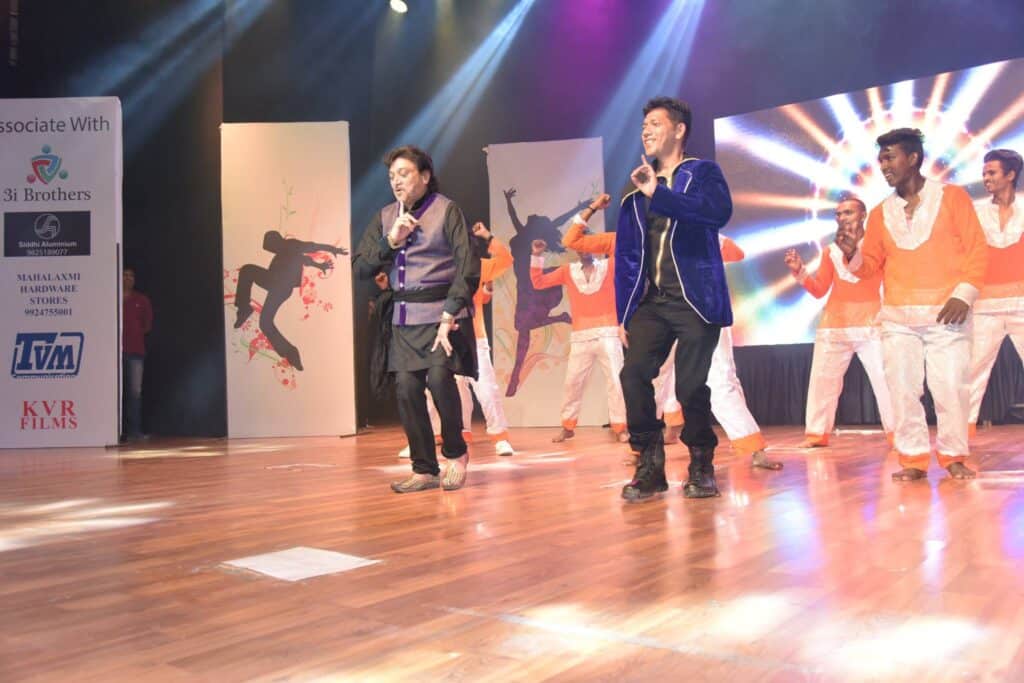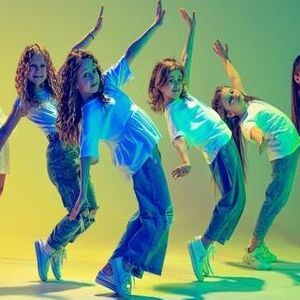What is dance ?
Dance is a performing art form that involves rhythmic movement of the body, typically to music, and is often used to express ideas, emotions, or tell a story. Here are some key aspects of dance:
Artistic Expression: Dance is a way for individuals to express emotions, tell stories, and convey artistic ideas. It can be a powerful form of non-verbal communication.
Cultural Significance: Dance plays an important role in many cultures worldwide, often associated with rituals, ceremonies, celebrations, and traditions. Different cultures have unique dance styles and customs.
Physical Activity: Dance is a form of physical exercise that can improve flexibility, strength, endurance, and coordination. It can be an enjoyable way to maintain physical fitness.
Social Interaction: Dance often brings people together, fostering social connections and community through group performances, social dances, and events.
Variety of Styles: There are numerous styles of dance, each with its own techniques, music, and cultural background. Some popular styles include ballet, hip-hop, jazz, contemporary, tap, ballroom, folk, and many more.
Performance and Entertainment: Dance is a major component of the entertainment industry, showcased in theaters, on television, in films, and at live events. Professional dancers often perform in ballets, musicals, music videos, and concerts.
Overall, dance is a versatile and dynamic form of expression that transcends linguistic and cultural barriers, providing joy and inspiration to both participants and audiences. more dance pic


the importance of costume in dance
what’s is costume importance in dance
Costumes play a crucial role in dance, serving various purposes that enhance the performance, storytelling, and overall experience for both the dancers and the audience. Here are some of the key reasons why costumes are important in dance:
Character and Storytelling: Costumes help to define and distinguish characters, convey emotions, and advance the narrative of the performance. They can provide context about the setting, time period, and cultural background of the story being told through dance.
Visual Appeal: Costumes contribute to the visual impact of a dance performance. They add color, texture, and style, making the performance more engaging and aesthetically pleasing. Well-designed costumes can captivate the audience and enhance the overall artistic presentation.
Movement Enhancement: Costumes are designed to complement the movements of the dancers. They should allow freedom of movement, highlighting the lines, shapes, and gestures of the choreography. In some cases, costumes can accentuate movements through their design, such as flowing fabrics that emphasize spins and leaps.
Cultural Representation: In many forms of dance, costumes are an integral part of cultural expression. Traditional costumes reflect the heritage, customs, and artistry of a particular culture, preserving and showcasing cultural identity through dance.
Theme and Atmosphere: Costumes help establish the theme and mood of a dance piece. Whether the performance is classical, contemporary, whimsical, or dramatic, the costumes contribute to creating the desired atmosphere and tone.
Professionalism and Cohesion: Coordinated costumes give a polished and professional appearance to a dance group. Uniformity in costumes can create a sense of unity and cohesion among the dancers, enhancing the overall impact of group performances.
Audience Connection: Costumes can aid in drawing the audience into the performance. They help to create a complete and immersive experience, allowing the audience to connect more deeply with the characters and the story being portrayed.
In summary, costumes are an essential element of dance that enriches the performance by supporting storytelling, enhancing visual appeal, facilitating movement, representing culture, setting the theme, and contributing to the professionalism and cohesion of the dancers.


Importance of makeup in dance
what’s is makeup importance in dance
Makeup is an essential aspect of dance performances, serving various purposes that enhance both the dancer’s appearance and the overall impact of the performance. Here are some key reasons why makeup is important in dance:
Characterization and Storytelling: Makeup helps define and distinguish characters in a dance performance. It can convey specific traits, emotions, and identities, aiding in the storytelling process. For instance, makeup can transform a dancer into a mythical creature, a historical figure, or an abstract concept, making the narrative more vivid and understandable to the audience.
Enhancing Facial Expressions: Dance relies heavily on facial expressions to convey emotions and tell a story. Makeup enhances these expressions, making them more visible and impactful, especially from a distance. This ensures that the audience, regardless of their seating position, can see and interpret the emotions being portrayed.
Completing the Costume: Makeup complements the costumes and overall aesthetic of the performance. It helps create a cohesive look, ensuring that the dancer’s appearance is consistent with the theme, style, and period of the dance piece. The right makeup can elevate a costume, adding depth and dimension to the overall visual presentation.
Visibility Under Stage Lighting: Stage lighting can wash out facial features, making them appear flat and less distinct. Makeup counteracts this effect by defining features and adding contrast, ensuring that the dancers’ faces are visible and expressive under the bright lights. This is crucial for maintaining the visual clarity of the performance.
Professionalism and Attention to Detail: Well-applied makeup reflects a level of professionalism and attention to detail that is important in dance. It shows that the dancers and the production team are committed to presenting a polished and well-prepared performance.
Cultural and Traditional Significance: In many dance forms, makeup holds cultural and traditional significance. Classical dance styles such as Bharatanatyam, Kathak, or Chinese opera use specific makeup techniques that are integral to the art form. These traditional makeup styles are not only aesthetic but also carry cultural meanings and historical significance.
Creating a Transformative Experience: Makeup can transform a dancer’s appearance, allowing them to fully inhabit their role and immerse themselves in the character they are portraying. This transformation can enhance the dancer’s performance, making them feel more connected to the character and the story.
In summary, makeup is a vital component of dance performances that enhances characterization, facial expressions, costume aesthetics, visibility under stage lighting, professionalism, cultural significance, and the overall transformative experience for both the dancer and the audience.



